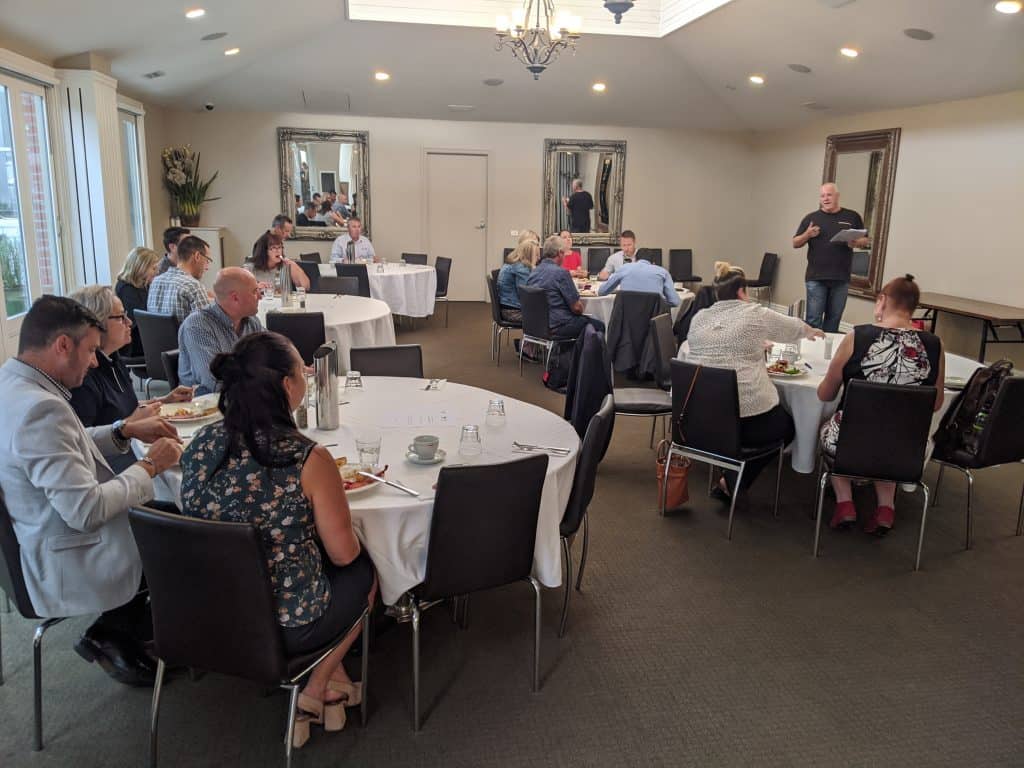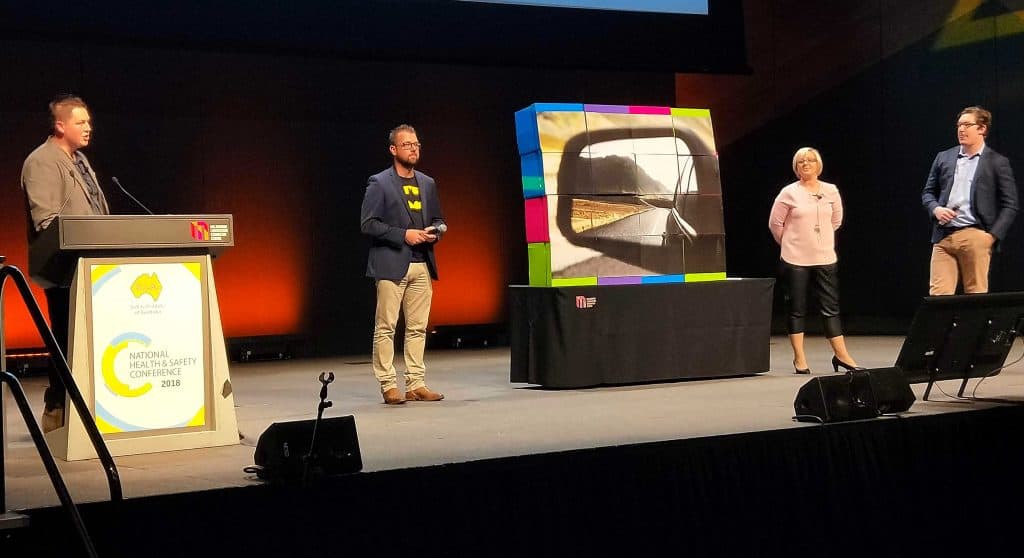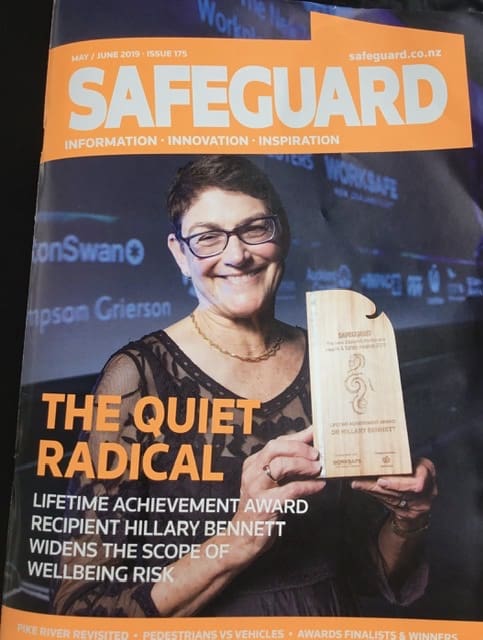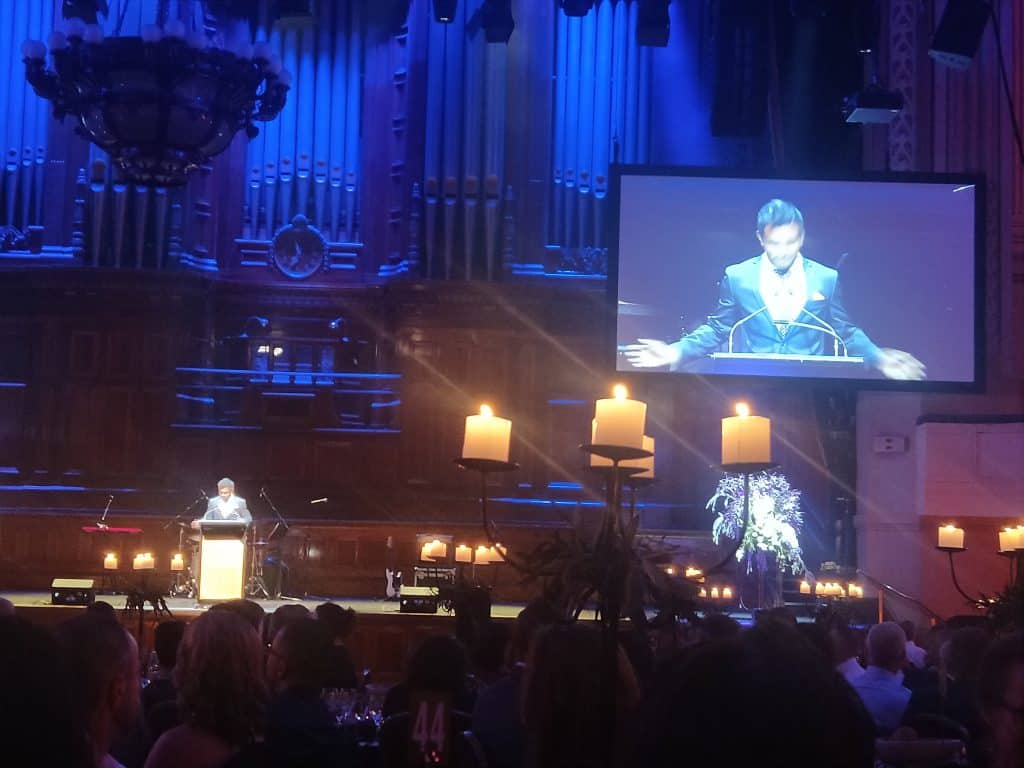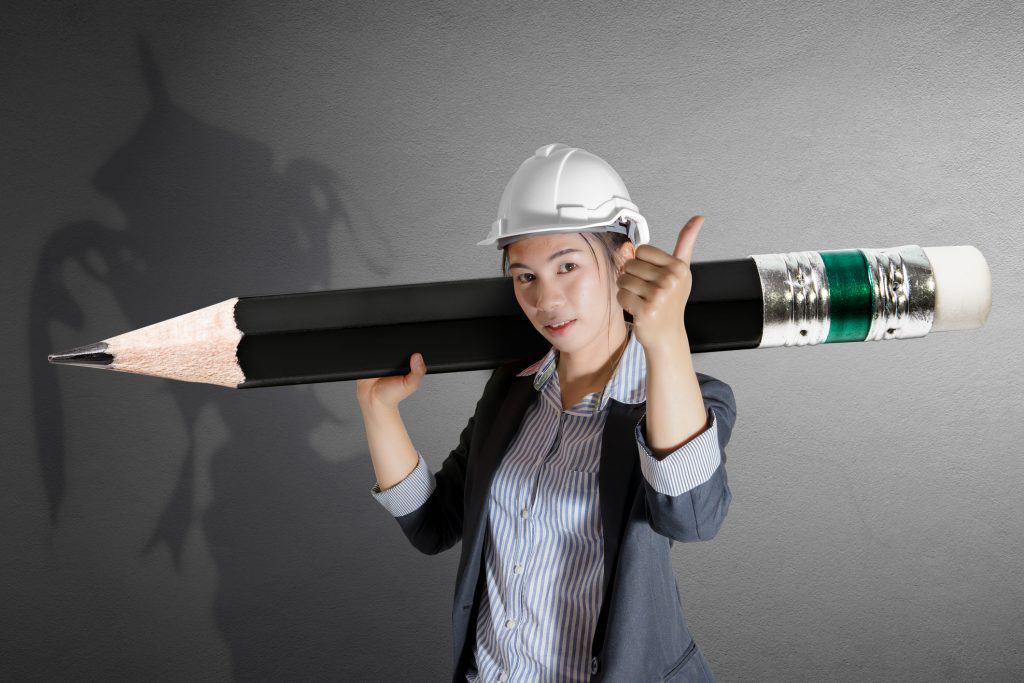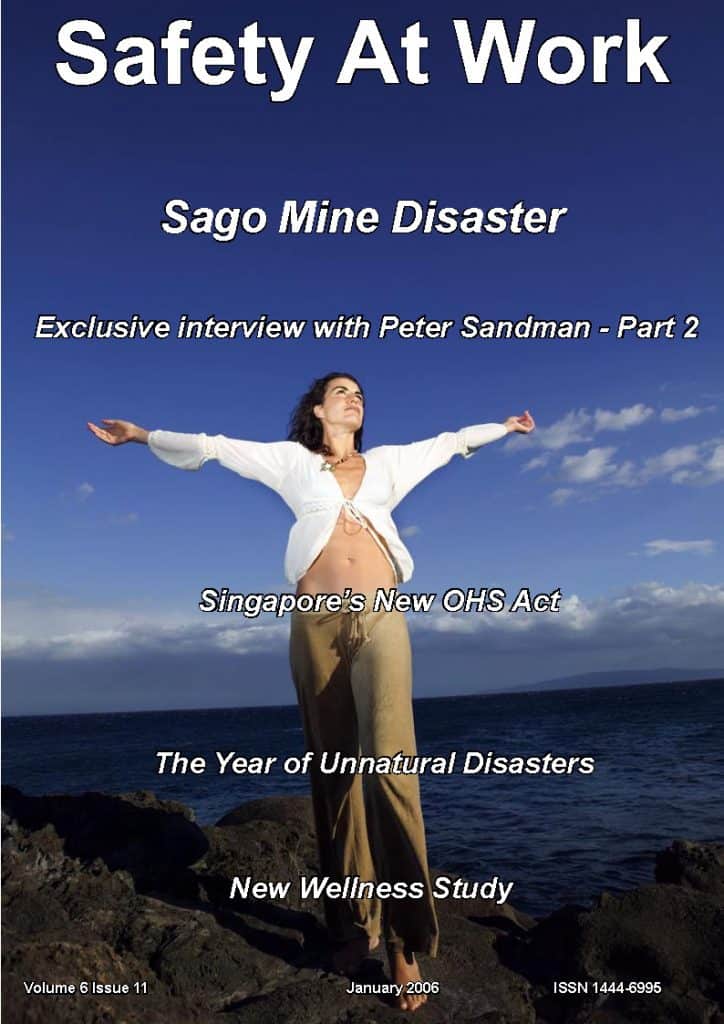
In 2005 I was able to interview prominent risk communicator, Peter Sandman. It was a time of pandemic threats from Avian Influenza, or “Bird Flu”, and we talked about pandemics, their complications and their management. The virus situation has progressed enormously from 2005 to today’s announcement by the World Health Organisation of a coronavirus pandemic but I provide access to this interview to offer a different and historical perspective on the current outbreak of coronavirus. I also had to include my tips for managing coronavirus in Australian workplaces.
Of most interest and relevance, perhaps, is this statement from Peter Sandman:
“If you really think there is going to be a severe pandemic, the first thing you are going to want to do is organise the earliest survivors, the people who get the flu and don’t die, into delivery people. Then they can deliver food and fuel and everything people need so that everyone else can stay home .”

